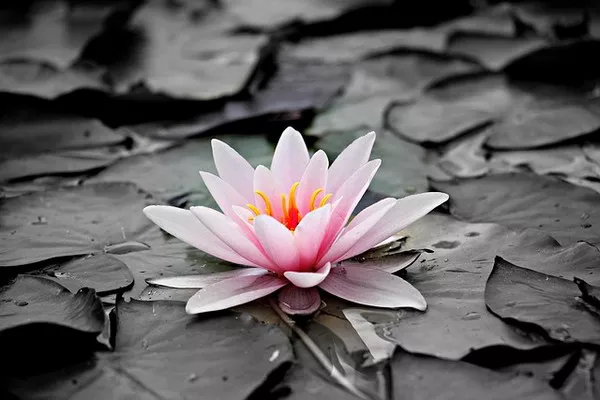IntroductionLilies are popular and beautiful flowering plants that brighten up gardens and landscapes with their vibrant colors and captivating fragrance. After their stunning display of blooms, many gardeners wonder what steps to take with their lilies to ensure their continued health and beauty. Proper post-flowering care is essential to maximize the plant’s potential for the next growing season. In this article, we will explore the best practices for caring for lilies after flowering, including deadheading, pruning, fertilizing, and preparing them for winter dormancy.
Deadheading Lilies
Deadheading is the process of removing spent flowers from the plant. By deadheading lilies, you encourage the plant to channel its energy into producing new flowers rather than expending resources on seed production. Once a lily flower starts to fade and wilt, it’s time to remove it. Use sharp, clean scissors or pruning shears to cut the flower stalk near the base, making sure not to damage any new growth or buds. This practice promotes continuous blooming and prolongs the flowering period throughout the growing season.
Pruning Lilies
After the lilies have finished flowering, they may start to lose their lush appearance as the foliage begins to turn yellow. However, it’s essential not to cut back the foliage immediately. The leaves play a crucial role in the lily’s post-flowering process as they help the plant build up energy reserves for the next season.
Wait until the foliage turns completely yellow before pruning. This indicates that the plant has absorbed all the necessary nutrients from the leaves. Once the foliage has turned yellow, cut back the stems to about 2 to 3 inches above ground level. Avoid cutting too close to the ground, as it may damage the dormant buds or new shoots that will emerge in the next growing season.
Fertilizing Lilies
To ensure the health and vigor of your lilies for the following year, it’s essential to provide them with proper nutrition. After pruning the foliage, apply a balanced, slow-release fertilizer around the base of the plant. The fertilizer should contain equal amounts of nitrogen, phosphorus, and potassium, along with other essential micronutrients.
Avoid over-fertilizing, as excessive nutrients can lead to weak growth and increased susceptibility to diseases. Follow the manufacturer’s instructions regarding the application rates and timing. Fertilizing in the fall helps the plant store nutrients efficiently, enabling it to produce stronger, more vibrant blooms in the coming year.
Preparing Lilies for Winter Dormancy
Lilies are hardy perennials, but they require some preparation to withstand the harsh winter conditions. As the temperature drops and the first frost approaches, consider applying a layer of organic mulch around the base of the lilies. Mulch helps insulate the soil, preventing it from extreme temperature fluctuations and protecting the lily bulbs from frost damage.
Use a layer of straw, shredded leaves, or wood chips, and apply it to a depth of about 2 to 4 inches. Be cautious not to pile the mulch directly against the lily stems, as this can create a damp environment that encourages rot. Instead, leave a small space around the stem for air circulation.
Storing Lilies in Containers
If you have lilies growing in containers or pots, you have the option of bringing them indoors for the winter. Before the first frost, carefully dig up the bulbs and gently shake off excess soil. Inspect the bulbs for any signs of damage or disease, and discard any compromised ones.
Place the bulbs in a well-ventilated, cool, and dark location for the winter. You can use peat moss, vermiculite, or dry sand to store the bulbs, ensuring they are not touching each other. Check on them occasionally to make sure they remain firm and healthy.
Conclusion
Taking proper care of lilies after flowering is essential to maintain their vitality and ensure a spectacular display of blooms in the following season. Deadheading and pruning encourage continuous flowering and resource allocation, while fertilizing provides the necessary nutrients for growth and development. Preparing lilies for winter dormancy protects them from harsh weather conditions, ensuring their long-term survival. By following these guidelines, gardeners can enjoy healthy, vibrant lilies year after year, bringing joy and beauty to their outdoor spaces.


